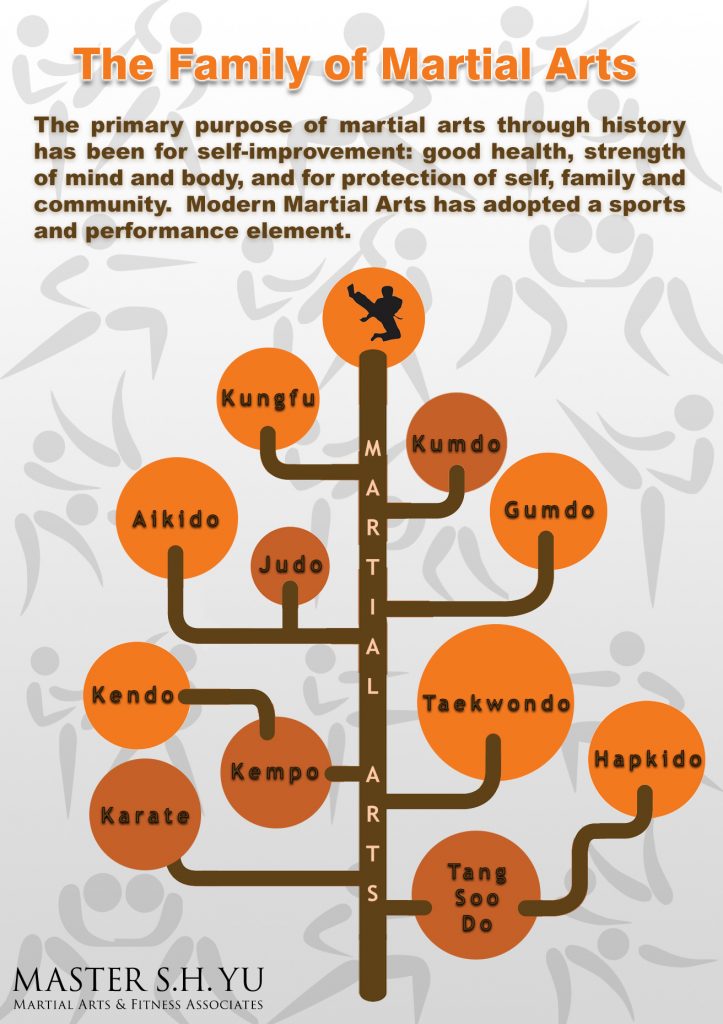Exploring The Rich Heritage And Spiritual Dimensions Of Martial Arts: A Detailed Examination
Exploring The Rich Heritage And Spiritual Dimensions Of Martial Arts: A Detailed Examination
Blog Article
Material Produce By-Rafferty Friedman
Enter the ancient world where martial arts were substantiated of necessity in varied regions. martial arts without kata combating styles intertwined with historical contexts. Techniques developed over centuries through devoted technique and social exchanges. click for source , modern martial arts blend typical elements for maximum effectiveness. Philosophically, martial arts highlight discipline, self-improvement, and harmony. Regard, humbleness, and equilibrium are foundational principles directing specialists towards growth and resilience. Discover the depths of this rich history and ideology to uncover the extensive influences forming this enduring discipline.
Origins of Martial Arts
Fighting style originated in different regions all over the world, developing as practical combat systems to resist hazards. These old combating designs were created out of need, with each society crafting techniques matched to their one-of-a-kind settings and difficulties. From the grappling arts of Jujutsu in Japan to the striking techniques of Kung Fu in China, martial arts were deeply linked with the historical, social, and social material of their respective cultures.
In Japan, the samurai class refined martial arts like Kenjutsu, the art of the sword, which later on evolved into the more popularized kind of Kendo. At the same time, in Brazil, Capoeira became a mix of dance and fight, produced by enslaved Africans as a way to resist injustice. Each fighting style carries with it an abundant background and viewpoint, reflecting the values and ideas of individuals that practiced them.
As you delve into the beginnings of martial arts, you reveal a tapestry of human resourcefulness, strength, and the unyielding spirit of warriors throughout time.
Development of Techniques
With centuries of method and improvement, fight techniques within various martial arts have actually gone through an extensive advancement. From ancient styles like Kung Fu and Martial arts to more modern-day self-controls such as Brazilian Jiu-Jitsu and Krav Maga, the development of methods has actually been driven by a mix of social impacts, functional applications, and technical improvements.
One considerable aspect of this development is the cross-pollination of strategies between various martial arts. For instance, methods from conventional Japanese Jiu-Jitsu were incorporated right into the creation of Judo by Jigoro Kano in the late 19th century. This mixing of styles has brought about the development of hybrid martial arts like Mixed Martial Arts (MIXED MARTIAL ARTS), which incorporate components of striking, grappling, and submission methods.
Moreover, the evolution of methods has actually been shaped by the enhancing emphasis on effectiveness and performance in fight. Experts have constantly sought to improve their strategies with strenuous training, experimentation, and competition, leading to the growth of extremely specialized and effective fighting styles. Generally, the evolution of strategies in martial arts reflects the dynamic nature of battle and the ongoing mission for enhancement and innovation.
Thoughtful Structures
Checking out the underlying thoughtful concepts of martial arts provides insight into their core worths and leading beliefs. At the heart of several martial arts techniques is the concept of technique itself. By educating your body and mind to serve as one cohesive device, you cultivate self-control that expands past the dojo or fitness center into daily life. This discipline incorporates regard, humility, and self-control, shaping not just your physical capacities however likewise your character.
An additional essential thoughtful foundation in martial arts is the concept of continuous self-improvement. The journey of grasping a martial art is nonstop, with specialists constantly striving to much better themselves, both literally and mentally. This concentrate on growth cultivates durability, perseverance, and a development attitude that can be put on all aspects of life.
Additionally, martial arts highlight the value of harmony and equilibrium. Methods are developed to make use of an opponent's energy against them, highlighting the concept of yielding and redirecting force as opposed to meeting it head-on. This philosophy encompasses social connections, advertising relaxed resolutions and mutual understanding. By embracing these thoughtful structures, martial artists not just boost their fight skills yet also cultivate a way of life fixated individual growth, regard, and consistency.
Verdict
In conclusion, the history and philosophy of martial arts provide a rich tapestry of custom, self-control, and self-improvement.
Consider example the story of Bruce Lee, who revolutionized martial arts by mixing different designs and ideologies to produce his own special form of Jeet Kune Do.
With commitment and development, martial musicians remain to press limits and motivate others to reach their complete capacity both in battle and in life.
